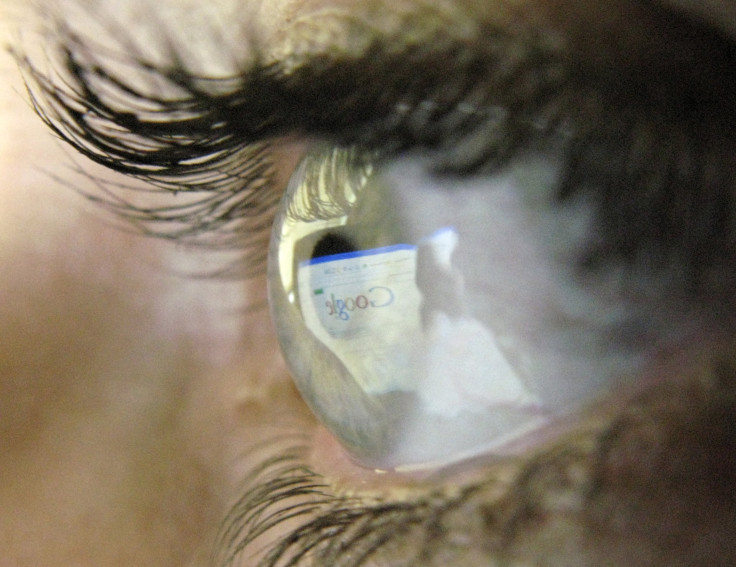Human Eye Can Detect Even Individual Photons, The Smallest Unit Of Light: Study

The human eye is capable of detecting the presence of a single photon, the smallest measurable unit of light, in the dark, researchers said.
In a study first published in the journal Nature Communications Tuesday, scientists found that the human eye can sense individual particles, seemingly concluding the quest to test the limits of human vision.
“If you imagine this, it is remarkable: a photon, the smallest physical entity with quantum properties of which light consists, is interacting with a biological system consisting of billions of cells, all in a warm and wet environment,” Alipasha Vaziri, lead researcher from the Rockefeller University in New York, reportedly said.
“The most amazing thing is that it’s not like seeing light. It’s almost a feeling, at the threshold of imagination,” he told the Nature.
The experiment was conducted with three subjects who sat in a dark room for nearly 40 minutes and were then told to look into an optical system. When they pushed a button, two sounds were heard separated by a second. In some trials, one sound was accompanied by the emission of a single photon. The volunteers had to state when they saw the photon and how confident they were on a scale of 1 to 3 about seeing it.
The volunteers got it wrong in most cases. But that can be explained by the fact that more than 90 percent of photons that enter the front of the eye never reach the sensitive light-detecting rod cell. The photons are either absorbed or reflected by other parts of the eye.
Yet, the subjects were able to answer correctly more often than they would have even if they had made random guesses. Their level of confidence was higher when they were right, the scientists found.
The three volunteers sat through more than 2,400 trials in which a photon was emitted. This is excluding the many trials wherein there was no such emission. It is this high volume of testing that backs their single-photon detection theory statistically, the scientists say. Over the course of these extensive trials, the volunteers could correctly detect the photon 51.6 percent of the time.
“The response that the photon generates survives all the way to the level of our awareness despite the ubiquitous background noise. Any man-made detector would need to be cooled and isolated from noise to behave the same way,” Vaziri said.
But, many researchers do not believe that the study is conclusive.
Leonid Krivitskiy, a physicist at the Agency for Science, Technology and Research in Singapore, reportedly said, “The only thing that I am skeptical about is that only three individuals have been tested.” Krivitskiy was not involved in the experiment.
All three volunteers were male, Krivitskiy said, adding that there were subtle differences in the visual physiologies between men and women. He also said that the method used by the researchers for this study is capable of settling the question once and for all but only if the experiment is retested with more volunteers.
© Copyright IBTimes 2024. All rights reserved.






















